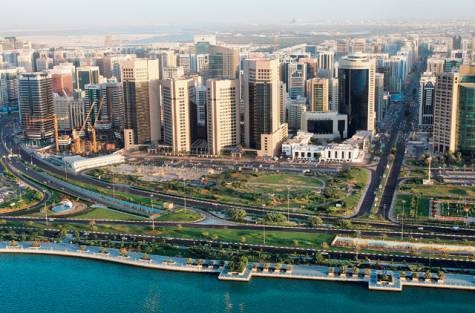According to Standard & Poor’s, the outlook for oil-exporting countries in the GCC is bright as oil prices should sustain an upward trajectory in the next three to five years. Indeed, the prospects look healthier than in the initial phase of the global financial crisis with emerging markets growing faster than developed ones.
S&P foresees world demand for oil rising by about 1.75% per year over the next decade and outpacing the growth rate of supply. Accordingly, this would cause an annual deficit of about 0.7 million barrel per day thus leading to a fast rise in oil prices. This projection needs to take into account the specifics of the oil market. The first group of oil-producers, comprising the GCC countries, has low production costs and its strategic interest is to maximize the difference between market prices and their break-even costs, whereas the second group including the US and Canada has high production costs and aims at minimizing the gap between their breakeven costs and market prices According to S&P, the first group, in which the GCC countries possess 40% of global proven oil reserves, is likely to maintain a major influence on prices in the foreseeable future.
In parallel, S&P highlighted the need for economic diversification in the GCC in order to secure employment for the fast growing population. Indeed, the GCC population has grown by an average of 4.2% over the past decade, of which 55% is below 30, and the labor force has expanded by an average 3%. This makes it imperative that economic diversification in the region continues to create more jobs, especially as the oil sector is more capital-intensive than labour-intensive. The situation is complicated by the fact that employment of nationals is usually concentrated in the public sector where wages are higher and social benefits are more attractive.
Indeed, most GCC economies have recognized the need to foster the expansion of the private non-oil sector and the necessity to encourage the shift of the national workforce to this sector. In fact, Saudi Arabia and Kuwait both plan to increase their share of non-hydrocarbon GDP by 2014 (from 70% to 81%, and from 44% to 61%, respectively).
Mena Weekly Monitor – Bank Audi
16 June








































































